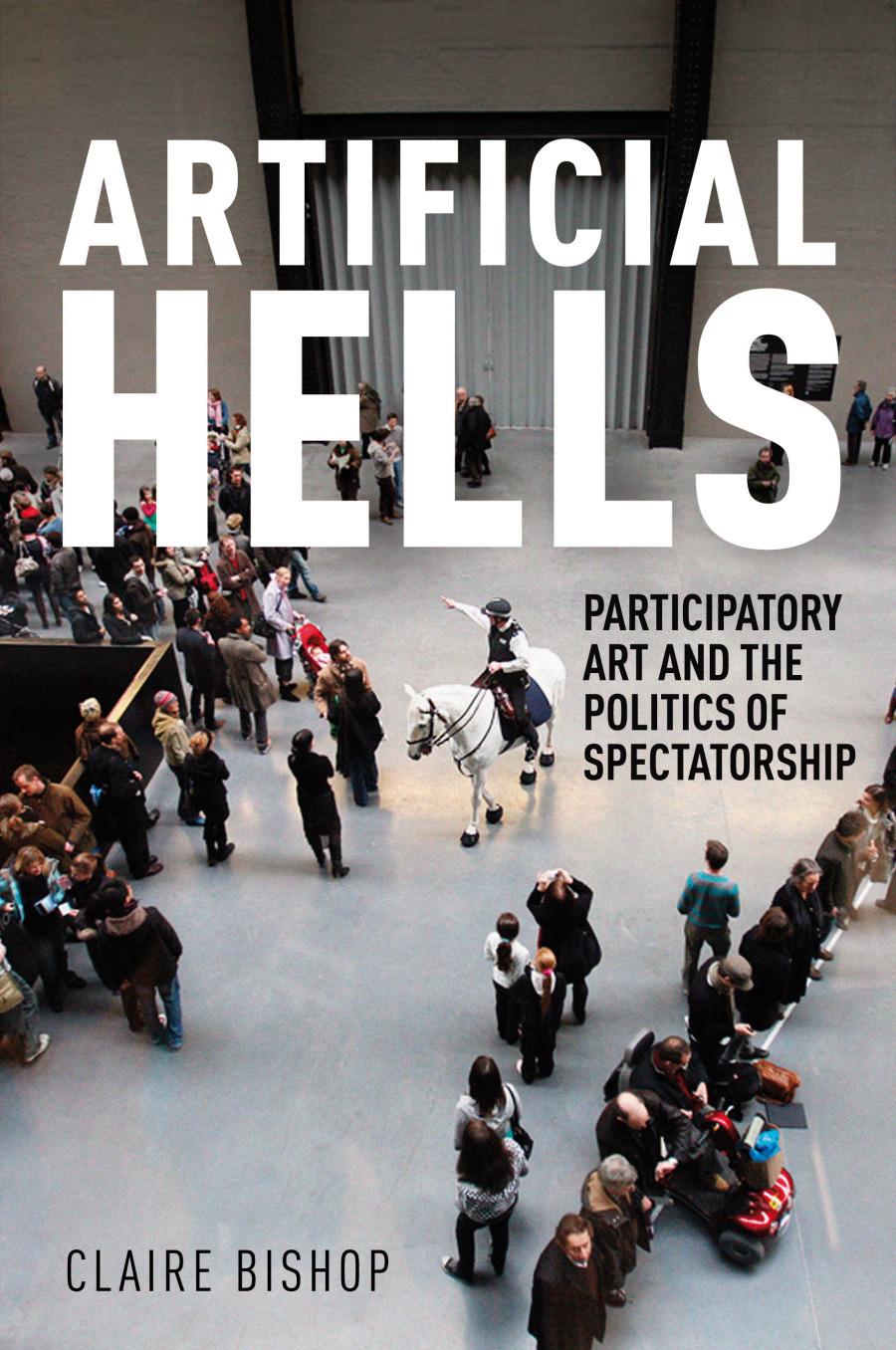Performing the Public: Art & Citizenship
Public
In his book The Phantom Public (1925) the American journalist Walter Lippmann describes the public as something abstract, uncertain and lost, remote from government. Citizens cannot but remain passive, delegating their civil activities to experts, since they are incapable of grasping all details operative on the public scene. In Lippmann’s view citizens mobilize only occasionally in moments of crisis. Recently we have seen this phantom public resurrect in riots and protests between expressing a social affect – outrage – and organizing political action. Do these uprisings suggest or herald communitas, a potential, liminal community that is becoming in the period of societal change and transition? Or are we just bystanders of ephemeral performances that wither away in the public space? What can art do, when it refuses the ethical purpose that government delegates its with, and stages disagreement that repoliticizes the public space?
These questions spark off a program proposed by TkH [Walking Theory], an editorial collective from Belgrade, featuring:
17:00 • a lecture by Claire Bishop, who in her acclaimed book, Artificial Hells: Participatory Art and the Politics of Spectatorship (Verso, 2012), discerns the aesthetic and political aspects of participation in contemporary art + An De Bischop (respondent);
18:30 • talks by Ana Vujanović and Bojana Cvejić (TkH) on social dramas and choreographies of the public based on their book Public Sphere by Performance (Bbooks, 2012) + Sven Augustijnen (respondent);
BREAK
20:30 • screening of Yugoslavia, How Ideology Moved Our Collective Body, a documentary film by Marta Popivoda (TkH/Les Laboratoires d’Aubervilliers/Udk, 2012). Tracing changes in the social system from socialist Yugoslavia to neoliberal capitalist Serbia, the film looks at how ideology performed itself in public space through mass events, such as state performances or counter-manifestations. A story of Yugoslavia’s recent history + Geert Opsomer (respondent);
on Artificial Hells by Claire Bishop:
Since the 1990s, critics and curators have broadly accepted the notion that participatory art is the ultimate political art: that by encouraging an audience to take part an artist can promote new emancipatory social relations. Around the world, the champions of this form of expression are numerous, ranging from art historians such as Grant Kester, curators such as Nicolas Bourriaud and Nato Thompson, to performance theorists such as Shannon Jackson.
Artificial Hells is the first historical and theoretical overview of socially engaged participatory art, known in the US as “social practice.” Claire Bishop follows the trajectory of twentieth-century art and examines key moments in the development of a participatory aesthetic. This itinerary takes in Futurism and Dada; the Situationist International; Happenings in Eastern Europe, Argentina and Paris; the 1970s Community Arts Movement; and the Artists Placement Group. It concludes with a discussion of long-term educational projects by contemporary artists such as Thomas Hirschhorn, Tania Bruguera, Paweł Althamer and Paul Chan.
Since her controversial essay in Artforum in 2006, Claire Bishop has been one of the few to challenge the political and aesthetic ambitions of participatory art. In Artificial Hells, she not only scrutinizes the emancipatory claims made for these projects, but also provides an alternative to the ethical (rather than artistic) criteria invited by such artworks. Artificial Hells calls for a less prescriptive approach to art and politics, and for more compelling, troubling and bolder forms of participatory art and criticism.
Nina Power on Public Sphere by Performance:
There are few questions as politically pressing as that of the public – who it is, what it desires, and perhaps more crucially, who wants to destroy it in the name of neoliberal privatization and the 'order' imposed by the state's own image of a 'public' mobilized against its own people. By addressing the question of the public through the prism of performance, Bojana Cvecic and Ana Vujanovic actually outline the past, present, and future of the 'public' in an era when all of its supports – the welfare state, a strong image of democracy, collective movements – have been marginalized or destroyed.
Marta Popivoda on Yugoslavia, How Ideology Moved Our Collective Body:
'Our research has involved collecting and analyzing film and video footage from the socialist period in Yugoslavia pertaining to the more specific question: What constitutes the public sphere in a communist state? Our focus has been on mass public performances; both state-sponsored performances in socialist Yugoslavia (like youth work actions, May Day parades, Youth Day celebrations, etc.) and counter-demonstrations in the period after the breakup of SFRYugoslavia (student protests and civic demonstrations in the 90s, the 5th October Overthrow, etc.).
We have been looking at public space and public sphere in the context of liberal socialism, and have inferred that it consisted of three elements in a constantly renegotiated relationship. Those three elements are: the people – ideology – the state.'
A House on Fire project; with the support of the Culture Programme of the European Union + HoF Logo + UE Logo

